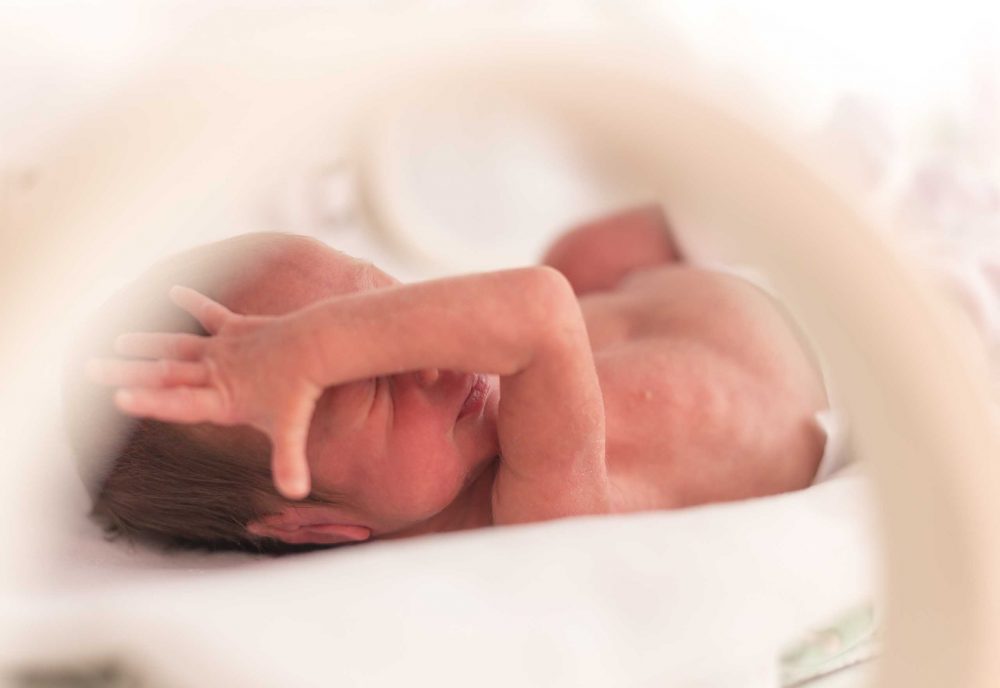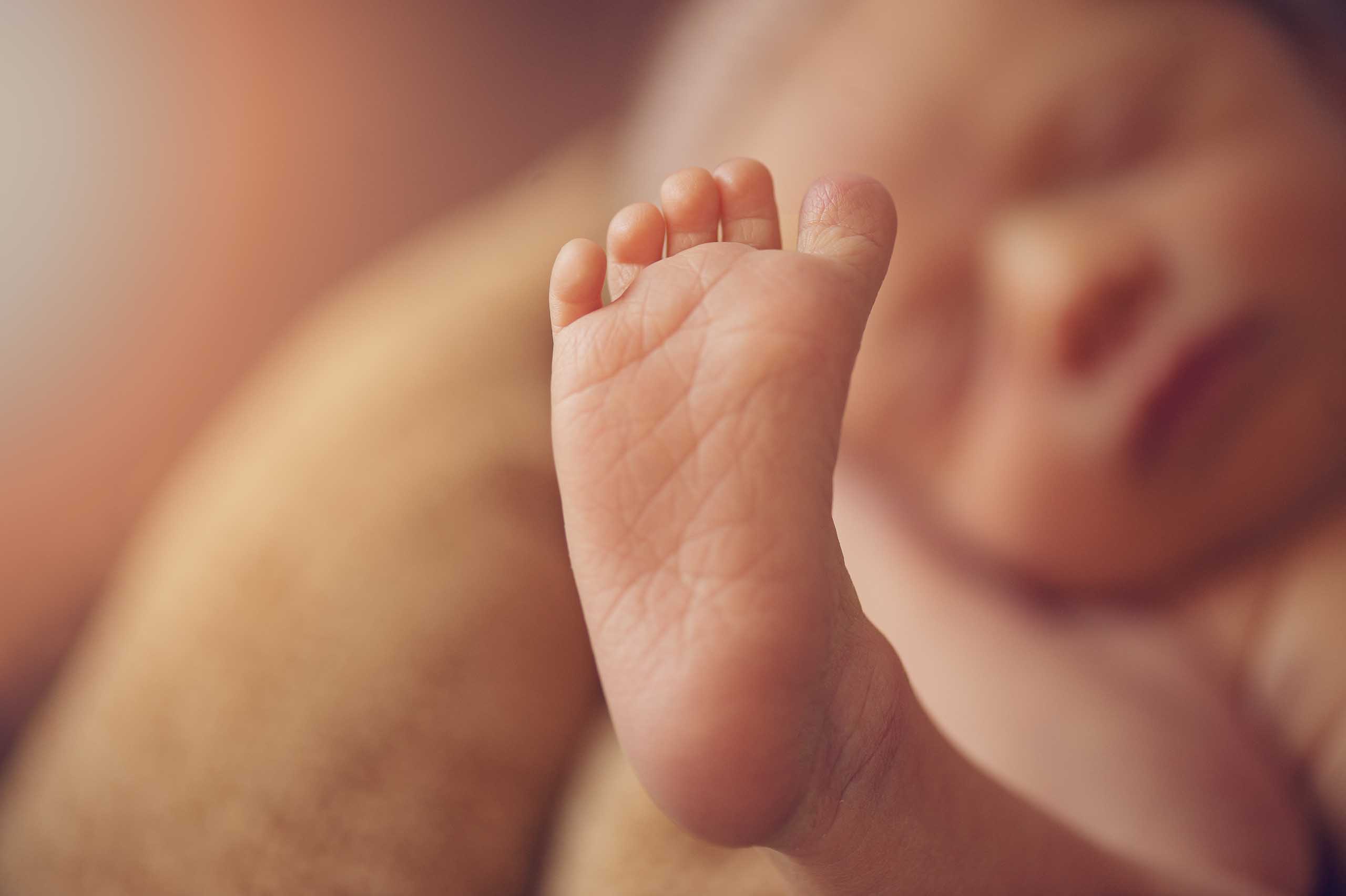

Since 1992, Curosurf has been helping more than six million premature babies.1-3
Dr David Sweet, the lead author of the recently published (March 2023) and updated “European Consensus Guidelines on the Management of Respiratory Distress Syndrome (RDS)”. Dr Sweet did a well-received talk in a webinar in June 2023 for the Nordic neonatology community. Dr Sweet focused on the main changes in the RDS recommendations. If you were unable to participate in the live session you can see a recorded version using the link below. The talk is 29 minutes.
A video about the important role of development of neonatal care in the Nordic Countries the last 30 years: Resuscitation with room air, Surfactant, CPAP, INSURE, Antenatal steroids and Family centred care.
Premature babies lack a particular substance at birth, called lung surfactant. Without it, babies are unable to breathe and the alveoli in the lung collapse. Since the approval of the exogenous surfactant Curosurf (poractant alfa) in 1992, it has been helping more than six million premature babies.1-3
In this video you will meet Amy born in the 28th week of gestation.
In 1959, surfactant deficiency was identified as the cause of respiratory distress syndrome (RDS).4
Trials of surfactant replacement started to take place in the 1960s and 1970s, but it wasn’t until the 1980s the researchers Tore Curstedt and Bengt Robertson, succeeded in developing a surfactant, found in the lungs of pigs. The porcine surfactant was named Curosurf – a combination of the surnames of the inventors and the word surfactant.4
To be able to continue the production on a larger scale, the researchers sought collaboration with the pharmaceutical industry. In Chiesi, Tore Curstedt and Bengt Robertson found a committed partner, who chose to invest in the project.4
Since the first approval in Europe in 1992, Curosurf has been used to treat over six million newborns with RDS and is now available in 97 countries1-3.
Today, surfactant treatment has dramatically improved the chances of survival, making Curosurf one of the most important breakthroughs in modern neonatology1,4,5.
In the latest European Consensus Guidelines from 2022, the use of poractant alfa is based
on the strongest evidence and recommendation level6.
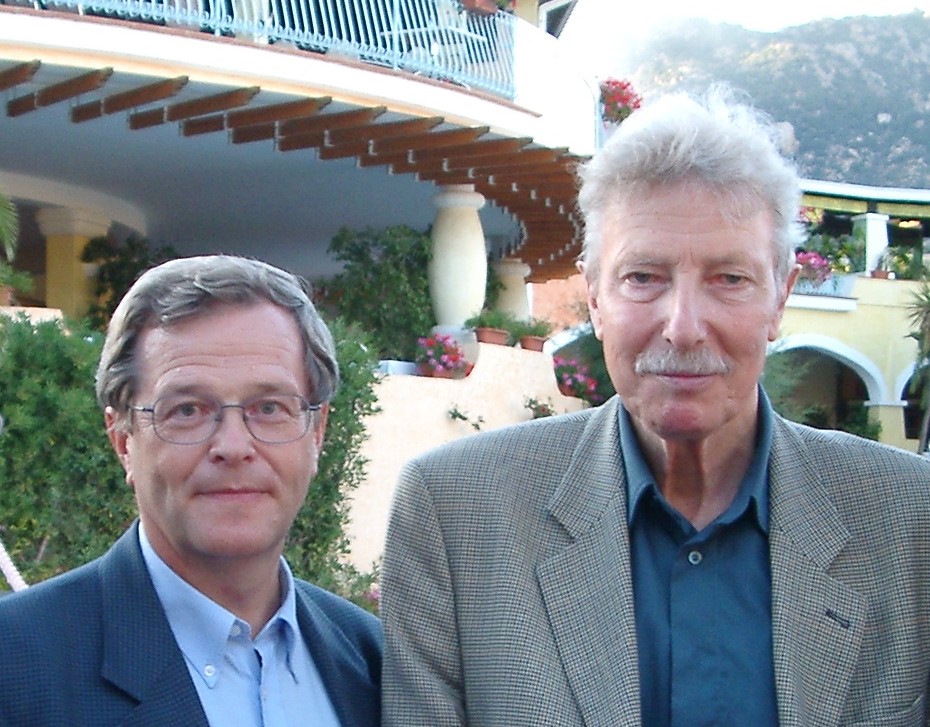
Bengt Robertson (who passed away in 2008) and Tore Curstedt has both received extensive recognition and many prestigious awards for their research on Curosurf.*
Being their committed partner in the development and production of the exogenous surfactant, has not only made Chiesi a well-known name within neonatology. In 2019, Paolo Chiesi, Vice President of the Chiesi Group, was appointed Honorary doctor at Karolinska Institutet for his long-standing commitment to vital treatment of the lungs of premature babies†.
* Including The Royal Swedish Academy of Sciences’ Hilda and Alfred Eriksson’s Prize (1998), Swedish Heart-Lung Foundation’s Lars Werkö Prize (2004), Chiesi Prize for Excellence in Neonatology (2011), Stockholm County Council Prize for Breakthrough in Clinical Research (2016), Finalist for the European Inventor Award 2016 (Lifetime Achievement Award) by the European Patent Office (2016), Grand Silver Medal, Karolinska Institutet 2017, His Majesty The King´s Gold Medal of the 12th size on a blue ribbon (2017).
† Karolinska institutet 2019-05-10.
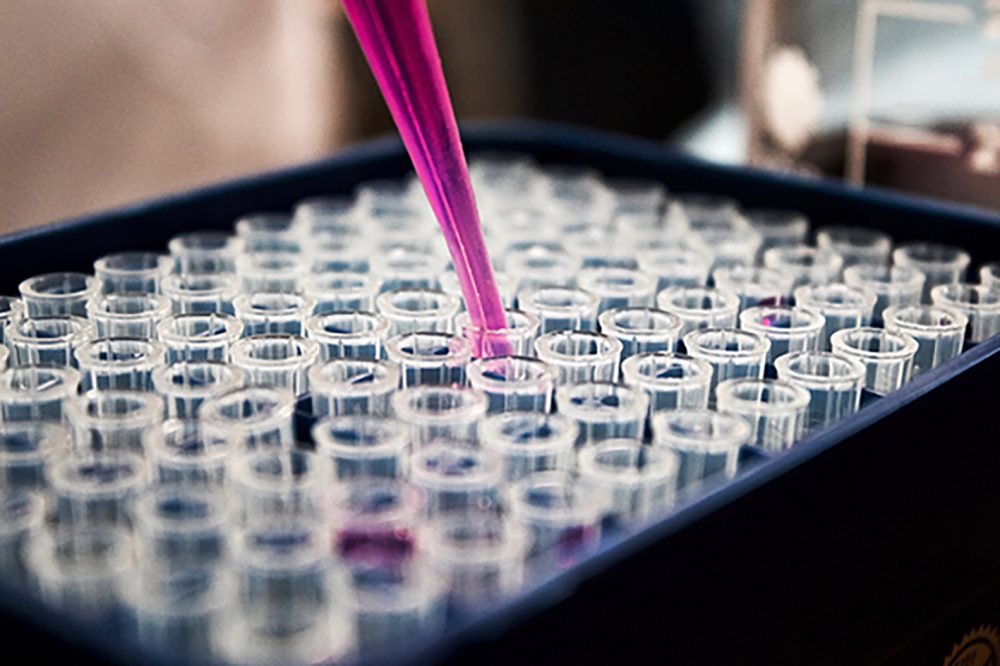
After more than 30 years, Chiesi continue to support research and annual international scientific
meetings to improve the care of premature infants. Besides Curosurf, research has resulted in
improved and less invasive techniques involving surfactant administration (LISA).
Still today, we endeavor to increase international exchange of knowledge about the best clinical
methods, based on the latest strategies and guidelines on the management of RDS.
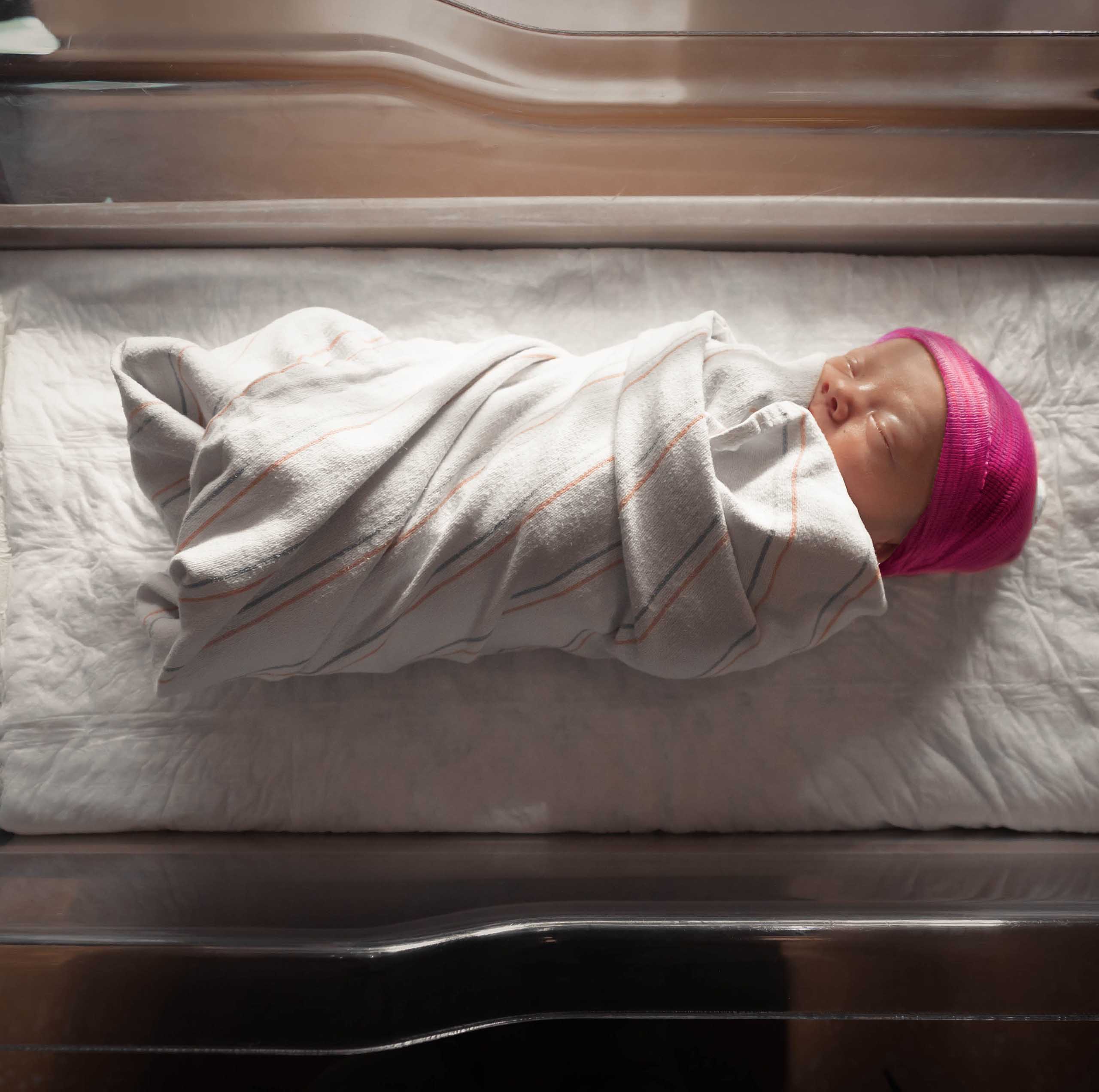
A new, Swedish, population-based cohort study shows variations in adherence to best practices for surfactant use in newborn infants, and important clinical implications for neonatal outcome7.
See dataThe result of this new study shows that early rescue treatment with less invasive surfactant administration (LISA)
reduces the incidence of complications in babies with RDS and can lead to significant cost savings8.
What is respiratory distress syndrome (RDS)?
Neonatal respiratory distress syndrome is a common condition in preterm infants. The disease occurs when preterm infants lack the surfactants in their lungs that normally reduce the surface tension of the alveoli and prevent pulmonary collapse. Severity and incidence of the disease are directly linked with the degree of prematurity. Infants born before the 28th week of gestation are at greater risk of developing RDS.6
Watch video of lung developmentHow does Curosurf work?
Curosurf reduces surface tension at the air-liquid interface of the alveoli during ventilation and stabilizes the alveoli against collapse at resting transpulmonary pressures. The physiological and therapeutic effects of Curosurf in surfactant deficiency have been documented extensively in various animal models.1,9
Watch videoWhat is LISA?
Less invasive surfactant administration (LISA) is a series of techniques involving surfactant administration via a thin endotracheal catheter in spontaneously breathing infants supported with continuous positive airway pressure (CPAP). CPAP + LISA eliminates the need for additional ventilatory pressure for surfactant distribution and the unnecessary use of MV.10,11
See data